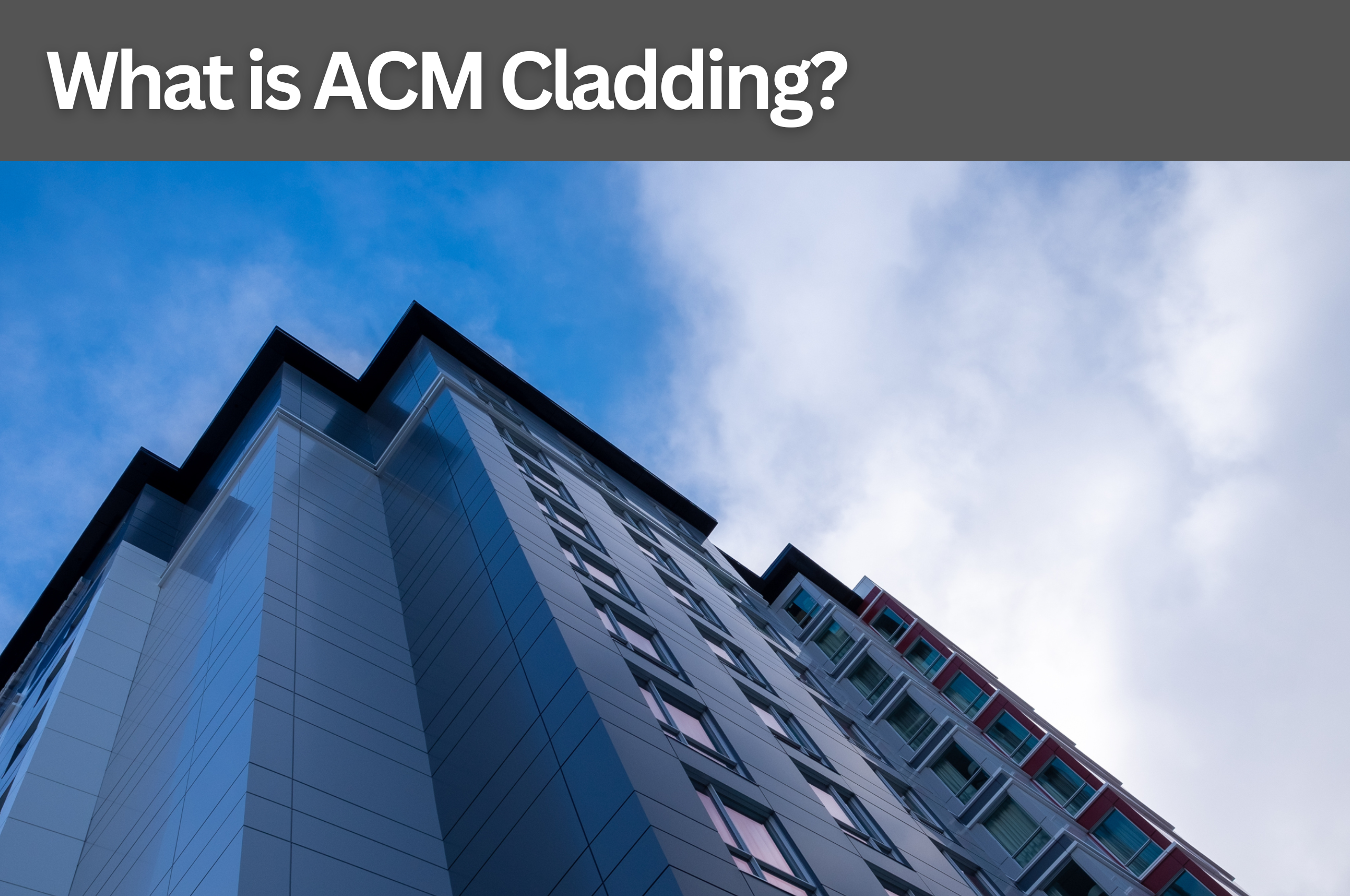Finish Facades Knowledge Base
What Is Bs8414, Br135 and EN 13501-1 Fire Testing?
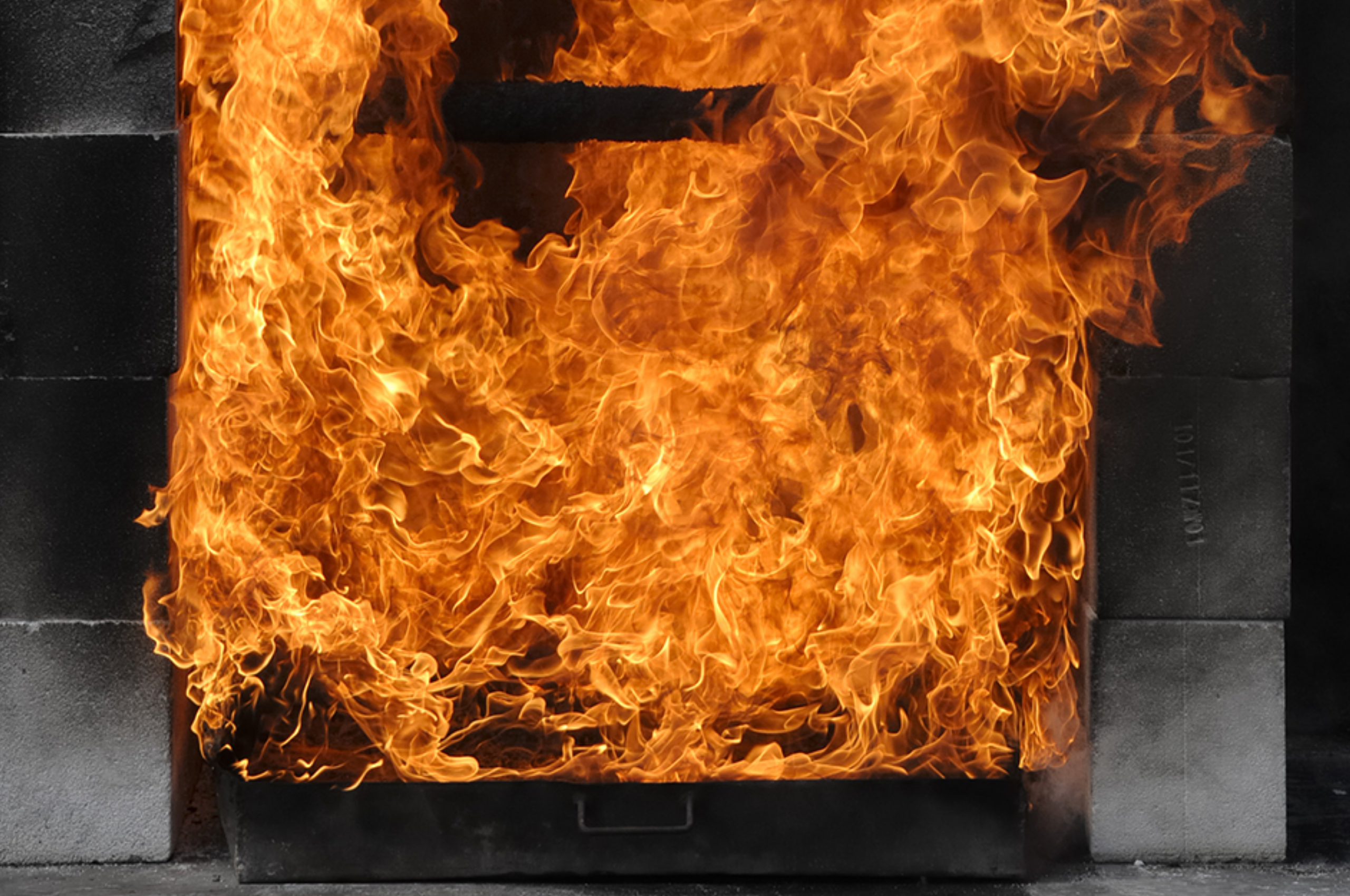
Here at Finish Facades, we understand the critical importance of fire safety in building construction and design. That's why we specialise in conducting comprehensive fire testing according to industry standards such as BS 8414, BR135 and EN 13501-1 reaction to fire testing.
These tests are essential for assessing the performance of building materials and systems under realistic fire conditions.
EN 13501-1 is a European standard that classifies the fire performance of construction products and building elements. It provides a system for assessing how materials contribute to fire growth and spread. This standard plays a significant role in ensuring building safety across Europe.
BR 135 is not a fire testing standard itself; it is a building regulation guidance document in the UK. It provides guidance on the fire performance requirements for external wall systems with thermal insulation in high-rise buildings.
BS 8414 Fire Testing is a rigorous procedure that evaluates the fire performance of external cladding systems used in high-rise buildings. By subjecting these systems to controlled fire scenarios, we can identify potential risks and vulnerabilities, ensuring that buildings meet necessary safety regulations.
Our article will delve into the purpose, procedures, and requirements of BS 8414 testing. We will also explore which types of buildings require this testing and how it aids in achieving compliance with fire safety codes.
Additionally, we will discuss ways to enhance overall building safety and resilience based on the findings from these tests.
Join us as we delve into the technical aspects of fire testing to help you better understand its significance in ensuring safe and resilient buildings.
What is BS8414 Fire Testing?
BS8414 is a fire testing method used to assess the performance of external cladding systems on high-rise buildings. It involves subjecting large-scale mock-ups of these systems to realistic fire scenarios, one of the ways this is done is by placing a burning wooden ‘crib’ at the base of the cladding, simulating a fire breaking out of an opening. The purpose is to determine if the cladding system meets the required safety standards and how it behaves during a fire.
This testing evaluates factors like flame spread, heat release rate, and smoke production. By conducting BS8414 fire testing, we can gain insights into the performance of different cladding materials and construction methods in order to make informed decisions about their use in building design and construction.
Now that we've covered the basics of BS 8414 Fire Testing, let's explore the purpose of BS8414 fire testing further.

What is the purpose of BS8414 fire testing?
The goal of conducting BS8414 fire testing is to ensure the safety and protection of high-rise buildings. The BS8414 fire testing is specifically designed for testing the fire performance of cladding systems when installed on the actual building facade.
This testing method involves subjecting a mock-up building to controlled fire conditions. By analysing factors such as flame spread, smoke production, and structural integrity, experts can determine whether the cladding system meets regulatory standards and provides adequate fire resistance.
Following several incidents involving external cladding fires, BS 8414 testing has become a widely recognized standard to ensure the fire performance of cladding systems and to prevent potential disasters. This testing also helps identify any potential weaknesses or vulnerabilities in the system that may compromise its ability to contain or prevent the spread of fire.
Now let's discuss the procedures and requirements of BS8414 fire testing...
What are the procedures and requirements of BS8414 fire testing?
To gain insight into the procedures and prerequisites of BS8414 fire testing, it's important to explore the methods that guarantee the safety and protection of high-rise buildings.
BS8414 testing comes in two parts, both of which involve constructing a full-scale facade system, including cladding materials, insulation, and any additional components typically used in real-life scenarios. The facade system is then subjected to a simulated fire by applying heat by placing a burning wooden ‘crib’ at the base of the cladding, simulating a fire breaking out of an opening.
It is important to note that the 8414-1 and 8414-2 testing standards have no bearing on what can be used as the façade material. These standards only pertain to the substructure. For example, a brick clip system can be used on the front of a steel frame substructure, while a metal façade can be used on a masonry wall substructure.
During the test(s), various measurements are taken to assess the behaviour of the system under fire conditions, such as temperature rise, flame spread, smoke production, and structural integrity. These measurements help determine if the system meets the required performance criteria for fire resistance.
Understanding these procedures is crucial for architects, engineers, and building owners who need to ensure their designs comply with safety standards.
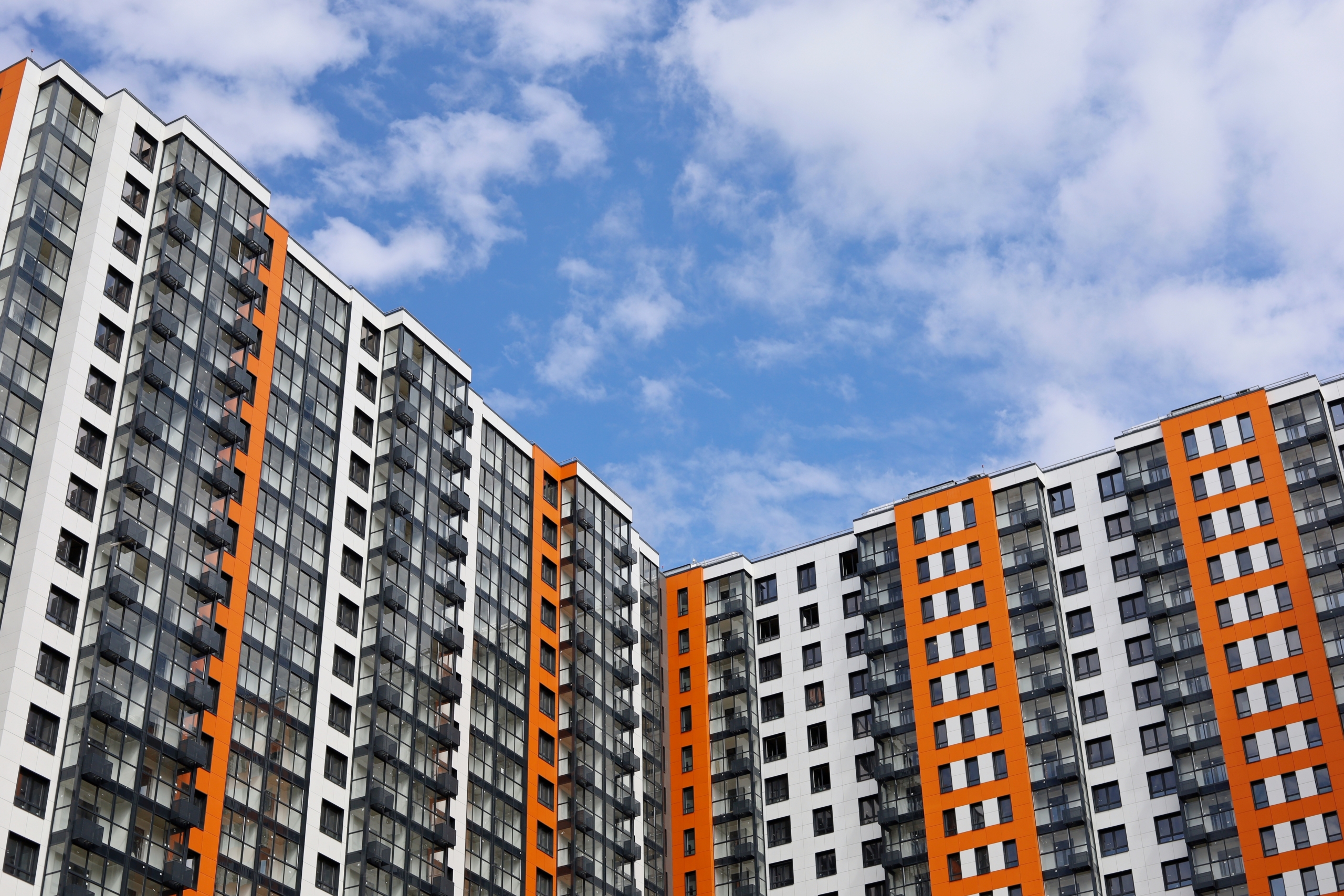
Which Type of buildings require BS8414 testing?
High-rise buildings undergo BS8414 testing to assess the fire performance of their facade systems and ensure they can withstand and respond effectively to fire incidents. This testing is particularly crucial for buildings that exceed 18 metres in height or those with specific design features that may affect fire safety.
The primary objective of the BS8414 test is to evaluate the behaviour of external cladding systems, including insulation and cladding materials, when exposed to realistic fire conditions. It involves constructing a full-scale mock-up of the building's facade and subjecting it to a controlled fire scenario that simulates real-world fire events. By analysing the cladding system’s behaviour, it’s construction can be modified to improve fire resistance.
This comprehensive test assesses various factors, including flame spread, heat release rate, smoke production, and structural integrity of the facade system. By conducting such rigorous testing, valuable insights are gained into how different types of facades perform during a fire, aiding in the development of safer building practices and fire prevention strategies.
Now let's move on to discussing what BR135 fire testing entails.
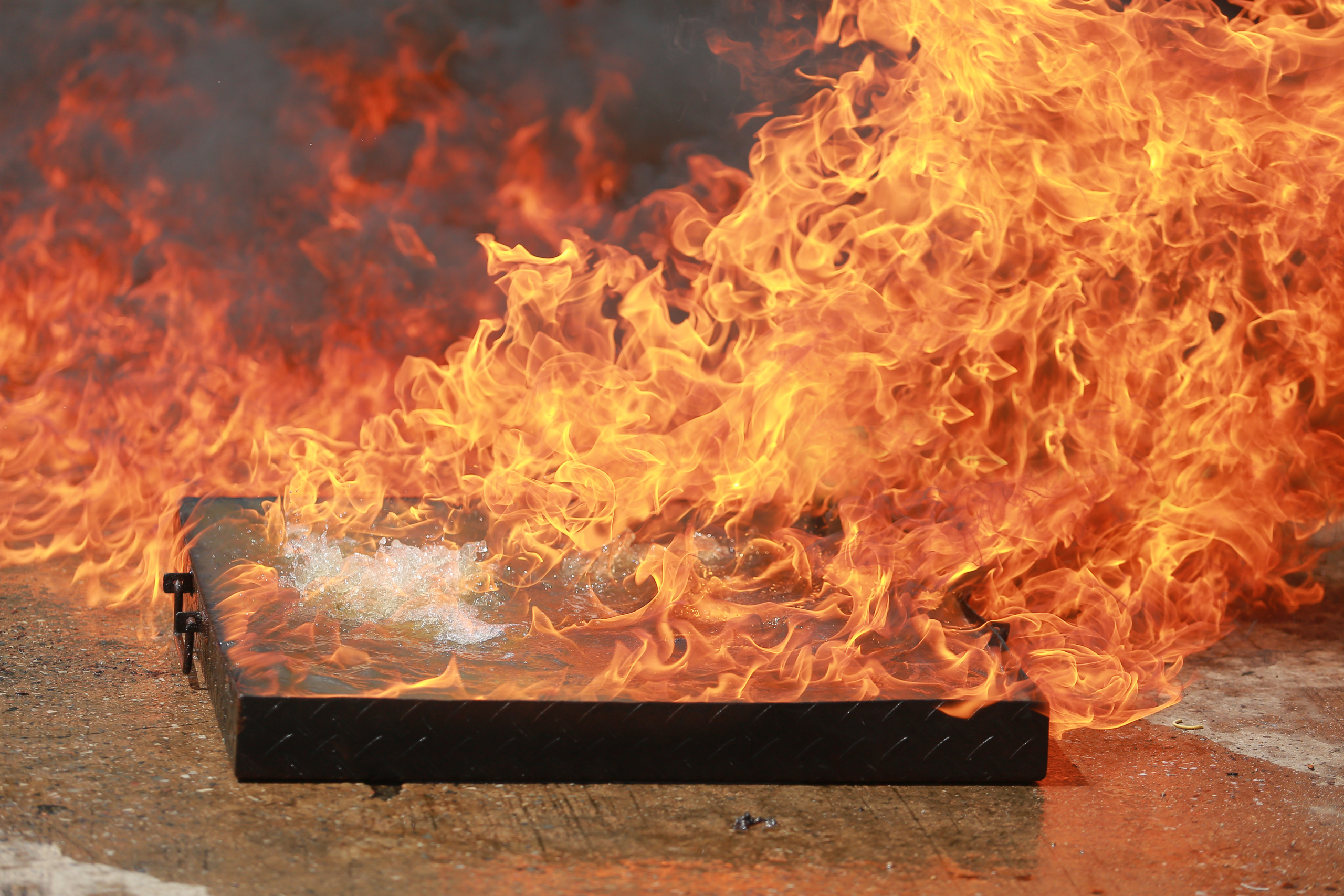
What is BR 135 Fire Testing?
Imagine the peace of mind you'll have knowing that your building's facade has undergone rigorous testing to ensure its fire resistance and protect the lives and property within. BR135 provides guidance on how to meet fire performance requirements for external wall systems in high rise buildings
.
BR135 is often referenced alongside fire testing standards like BS 8414. While BR135 is not a fire testing methodology itself, it is a British building regulation guidance document. It provides guidance on the fire performance requirements for external cladding systems, such as rainscreen cladding and thermal insulation, for high rise buildings. BR135 provides specific criteria for how an external cladding system should perform in response to fire.
In other words, BR135 sets out the objectives that must be met, while BS8414 gives an exact process for achieving them.
Is BR135 important?
BR135 provides vital criteria for how external cladding systems should perform in real-world fire conditions. By assuming the system is exposed to both internal and external fires, BR135 gives crucial guidance for a potential scenario where a fire starts inside a building and spreads externally.
It sets a standard for the ability of cladding systems to resist fire spread, maintain structural integrity, and prevent flame propagation through cavities. BR135 specifies how an external cladding system should act in this scenario, whilst BS8414 tests how it actually performs.
Understanding how these systems perform in realistic fire situations is vital for architects, builders, and regulators to make informed decisions about building design and safety measures.
Now let's delve into what differentiates BS 8414 from BR 135.
What's the difference between BS 8414 and BR135?
The distinction between the BS8414 and BR135 methods lies in their specific approaches to evaluating the fire resistance of building cladding systems.
BS8414 is a test method that assesses the performance of external cladding systems under realistic fire conditions. It involves constructing a full-scale wall assembly, installing the cladding system, and subjecting it to a simulated fire scenario.
On the other hand, BR135 provides guidance on how to classify and evaluate external wall systems for buildings over 18 metres in height based on their performance during fire testing. It takes into account factors such as cavity barriers, insulation materials, and firebreaks.
Understanding these differences is crucial in determining which method is appropriate for assessing the fire safety of different types of building cladding systems. This understanding will help us transition into discussing the requirements and procedures involved in BR135 fire testing without repeating ourselves unnecessarily.
What are the requirements and procedures involved in BR135?
To truly understand the fire safety standards for building cladding systems, it's essential to grasp the requirements and procedures involved. In the case of BR135, there are specific criteria that must be met, which is achieved through rigorous testing.
First, a full-scale system test is conducted using a nine-metre-high structure with a real-life configuration of cladding materials. The test involves exposing the system to intense heat and flames for an extended period. Measurements are taken throughout the process to assess factors such as flame spread, smoke production, and integrity of the system. Additionally, thermal imaging cameras are used to monitor temperature changes and identify potential weak spots.
This thorough evaluation ensures that only cladding systems that meet rigorous fire safety standards pass the BR135 standard.
What is EN 13501-1 Reaction to Fire Testing?
EN 13501-1 is a European Standard that assesses how construction products react to fire. It determines their fire classification, which is crucial for ensuring safety in buildings. The testing evaluates factors like flame spread, ignitability, smoke production, heat release, and the ability to produce flaming droplets or particles.
The fire classification system ranges from A1 to F. For buildings taller than 11m, materials need to achieve an A1 or A2-S1, D0 rating. These ratings indicate the materials' level of combustibility, smoke production, and capability to produce flaming droplets.
A1 represents non-combustible material while F represents highly combustible material. Smoke production is measured on a scale of S1 to S3, where S1 represents low smoke production and S3 represents high smoke production. The capability to produce flaming droplets is measured as D0 to D3.
At Finish Facades, our expert team works closely with clients to ensure that the cladding materials we use meet all required standards for fire safety. We carefully consider EN 13501-1 testing results when determining the appropriate materials for cladding projects.
Is EN 13501-1 Reaction to Fire Testing important?
EN 13501-1 Reaction to Fire Testing is crucial because it helps ensure that buildings meet the necessary safety standards, giving occupants peace of mind and reducing the risk of fire incidents.
This testing standard evaluates the behaviour of construction products when exposed to fire. It provides valuable information about how materials contribute to fire growth, smoke production, flaming droplets, and heat release. By subjecting materials to rigorous tests, EN 13501-1 allows us to assess their performance in real-life situations.
The reaction to fire classification system provided by this standard enables architects, engineers, and regulators to make informed decisions regarding material selection for different parts of a building. With this knowledge, they can design structures that are safer for both occupants and emergency responders. EN 13501-1 also facilitates harmonisation across Europe by providing consistent criteria for assessing the reaction to fire properties of construction products.
EN 13501-1 Reaction to Fire Testing plays a vital role in ensuring that buildings adhere to stringent safety standards. Its technical evaluation helps guide material choices and design decisions with precision and accuracy. By incorporating this testing into regulatory frameworks, we can enhance public safety and minimise the devastating consequences of fires in our built environment.

What are the differences between BS8414, BR135, and EN 13501-1?
BS8414, BR135, and EN 13501-1 are all fire safety standards used in the construction industry. Here are some of the key differences between them:
1. Scope:
- BS8414 (British Standard) is a test method for evaluating the fire performance of external cladding systems.
- BR135 (Building Research Establishment Report) provides guidance on design and installation requirements for external cladding systems to meet fire safety regulations in the UK.
- EN 13501-1 (European standard) is a classification system that assesses the reaction to fire performance of construction products.
2. Testing Method:
- BS8414 involves constructing a large-scale wall with an entire cladding system, including insulation materials, fixings, and finishes. This wall assembly is then subjected to a simulated real-life fire scenario.
- BR135 provides guidance on how to interpret test results from BS8414 and other similar tests for external cladding systems.
- EN 13501-1 uses various small-scale tests to evaluate different aspects of the reaction to fire properties of construction products, such as flammability or smoke production.
3. Application:
- BS8414 and BR135 are specifically focused on assessing the fire performance of external cladding systems commonly used in high-rise buildings.
- EN 13501-1 applies more broadly to all types of construction products used in buildings.
4. Classification System:
- BS8414 does not provide a classification system but evaluates whether an external cladding system meets specific criteria related to spread of flame, heat release rate, etc.
- BR135 provides guidance on how to interpret test results from BS8414 based on established classifications like Euro class A2-s1,d0 or B-s3,d2.
- EN 13501 classifies construction products into several Euro classes based on their reaction-to-fire characteristics ranging from A1 (non-combustible) to F (no performance determined).
- It's important to note that these standards may be used together or separately depending on the specific requirements of a project and the regulations in different countries.
What aspects and criteria are assessed in EN 13501-1 Reaction to Fire Testing?
This testing method evaluates several aspects and criteria to determine the reaction of materials to fire.
The most important factors assessed include ignitability, flame spread, heat release rate, smoke production, and burning droplets or particles. Ignitability refers to how easily a material catches fire, while flame spread measures how quickly the fire spreads across the surface.
Heat release rate determines the amount of heat released during combustion, while smoke production assesses the amount of smoke emitted. Lastly, burning droplets or particles evaluate whether a material produces any flaming debris that could potentially spread the fire further.
Overall, these criteria provide a comprehensive understanding of how materials react in real-life fire scenarios and aid in making informed decisions for building safety.
Now, let's talk about how fire incidents impact buildings.
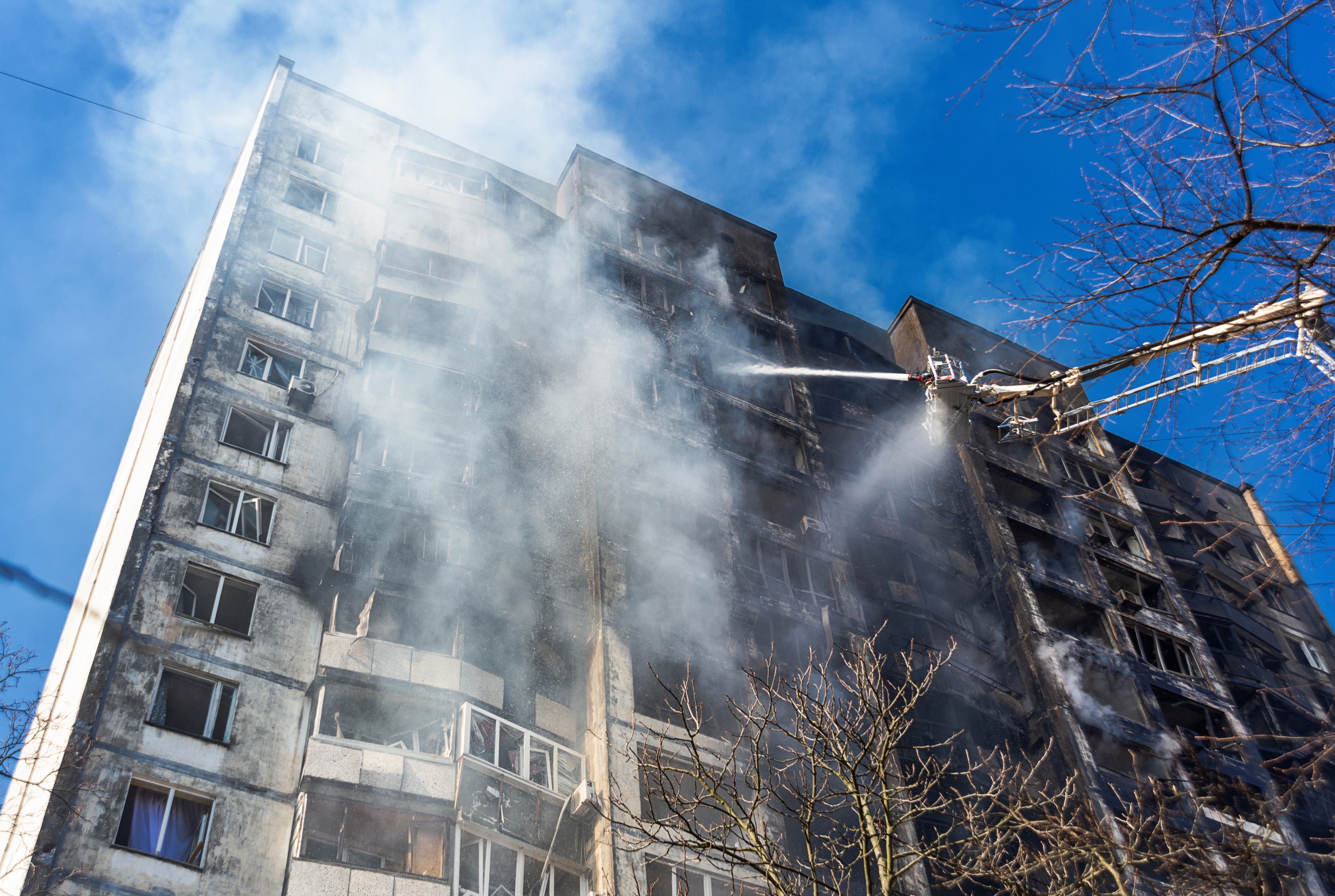
The Impacts of fire incidents on buildings
When a fire breaks out in a building, it can cause extensive structural damage and compromise the safety of its occupants. The intense heat generated during a fire can weaken the building's framework, leading to collapse and further destruction.
Smoke and toxic gases released during combustion pose significant health hazards to individuals trapped inside.
Not only does fire destroy valuable property, but it also disrupts businesses, displaces residents, and impacts entire communities.
Understanding these consequences highlights the urgent need for effective fire testing methods and standards like BS8414, BR135, and EN 13501-1. These tests and criteria play a crucial role in identifying potential risks and vulnerabilities in building materials and systems, and in ensuring the fire performance of external cladding systems is up to standard.
As you may know, ensuring building safety in the UK has become the focal point of the government and regulating parties, especially following the UK government’s ban on ACM cladding due to the Grenfell Tower tragedy.
This incident emphasised the need for testing building materials and systems under realistic fire conditions before using them so that we can develop strategies to mitigate the impact of fire incidents on buildings.
The Role of fire testing in identifying potential risks and vulnerabilities
Understanding the consequences of fire incidents underscores the critical importance of effective fire testing methods in identifying risks and vulnerabilities within building materials and systems. Fire testing plays a crucial role in evaluating the performance of construction products and systems under various fire conditions. It helps determine their ability to resist fire, control its spread, and maintain structural integrity.
By subjecting materials to rigorous testing and evaluation like BS8414, BR135, and EN 13501-1, we can assess their reaction to fire exposure and understand how they contribute to the overall safety of buildings.
Armed with this knowledge, designers and engineers can make informed decisions about selecting appropriate materials that comply with fire safety regulations and codes without compromising on performance or aesthetics.
How to achieve compliance with fire safety regulations and codes
Achieving compliance with fire safety regulations and codes requires careful selection of materials that can withstand fire exposure and maintain structural integrity. It is crucial to use materials that have been tested and certified to meet the necessary fire resistance standards, such as BS8414, BR135, and EN 13501-1.
These fire testing methods evaluate the performance of external cladding systems in real-world fire scenarios. They assess factors like flame spread, heat release rate, smoke production, and structural stability during a fire event.
By following these regulations and codes, building owners can ensure that their structures are safe from the devastating effects of fire.
In the next section, we will explore ways to enhance overall building safety and resilience by implementing additional measures beyond basic compliance with fire safety standards.
How to Enhance overall building safety and resilience
To further enhance overall building safety and resilience, there are several measures that can be taken. Firstly, implementing advanced fire detection systems and sprinkler systems can minimise the risk of fire spread.
Additionally, incorporating robust structural designs and materials can improve the building's resistance to fire. Lastly, regular maintenance and inspections of fire safety equipment ensure their effectiveness.
Conclusion
In conclusion, incorporating advanced fire detection systems and robust structural designs can significantly enhance a building's safety and resilience, providing peace of mind for both occupants and owners.
By implementing measures such as the BS8414, BR135, and EN 13501-1 fire testing standards, building professionals can ensure that the materials and construction methods used meet stringent safety requirements.
These tests evaluate the performance of cladding systems under realistic fire conditions, helping to prevent the spread of flames and smoke in the event of a fire.
So, if you’re looking for a top-notch, fire-tested rainscreen cladding system for your building project look no further than Finish Facades. Our cutting-edge Aluminium rainscreen cladding systems are specially designed to meet and exceed the rigorous standards of BR135, and EN 13501-1.
With safety as our top priority, our cladding systems provide unmatched fire resistance, ensuring your buildings are shielded against potential fire hazards. Trust in the expertise of Finish Facades to elevate your construction projects to new heights of safety and reliability. Make the right choice today and join countless satisfied clients who have entrusted their projects to Finish Facades by simply contacting the Finish Facades team, by clicking here. We'll give you all the assistance you need.
Need more information?
To see how Finish Facades could support your next project - simply call us, or use the form below.
